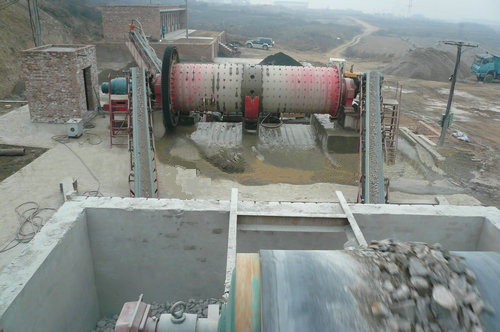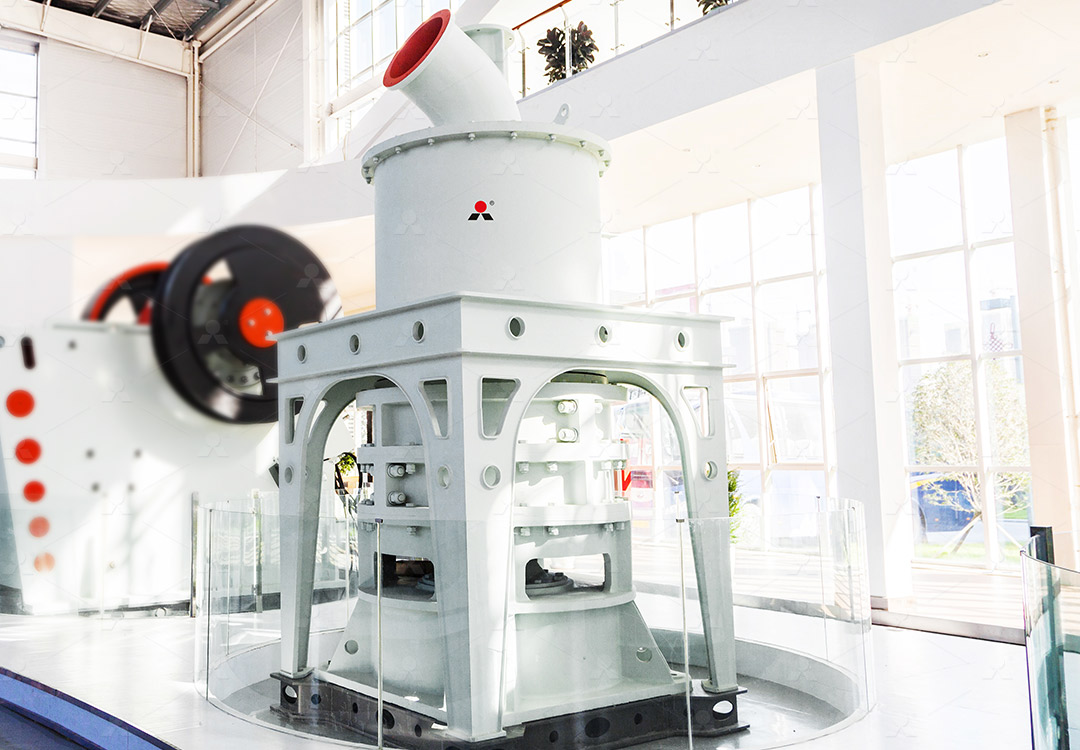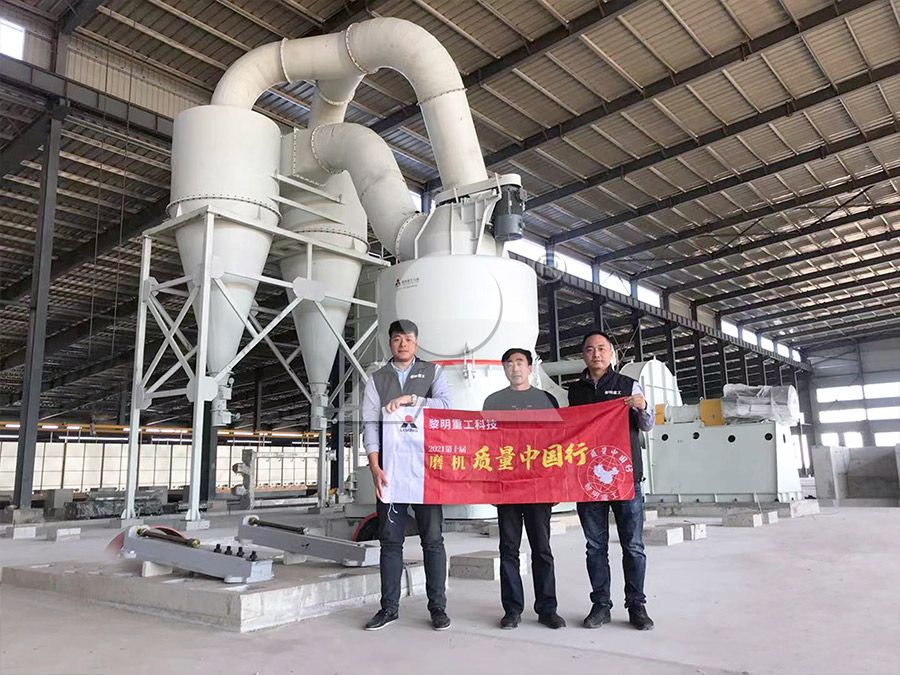How to Design a Ball Mill for Grinding Applications
How to Design a Ball Mill for Grinding Applications
Designing an effective ball mill requires careful consideration of multiple factors to ensure optimal grinding performance and operational efficiency. As a fundamental piece of equipment in mineral processing and industrial grinding operations, proper ball mill design can significantly impact productivity, energy consumption, and final product quality.
Key Design Considerations
The design process begins with understanding the material characteristics and production requirements. Critical factors include feed size, hardness, moisture content, and desired output fineness. The mill’s dimensions, rotation speed, and grinding media selection must be carefully calculated to achieve the required grinding efficiency.
Mill diameter and length ratio plays a crucial role in determining retention time and grinding efficiency. Typically, length-to-diameter ratios between 1:1 and 1.5:1 are common for most applications. The rotational speed, usually expressed as a percentage of critical speed (typically 65-75%), affects the grinding action and media wear patterns.

Grinding Media Selection and Lining
Choosing appropriate grinding media is essential for efficient operation. Steel balls of varying diameters are commonly used, with size distribution optimized for the specific application. The lining design protects the mill shell while enhancing grinding efficiency through proper lifting action. Modern designs incorporate wear-resistant materials to extend service life and reduce maintenance requirements.
Modern Alternatives: Beyond Traditional Ball Mills
While ball mills remain valuable for many applications, advanced grinding technologies now offer superior efficiency for specific requirements. For operations demanding ultra-fine powders with precise particle size distribution, our MW Ultrafine Grinding Mill presents an excellent alternative. This advanced system handles input sizes up to 20 mm with capacities ranging from 0.5 to 25 tph, producing powders between 325-2500 meshes with exceptional precision.
The MW Ultrafine Grinding Mill incorporates innovative features that address common grinding challenges. Its unique design eliminates rolling bearings and screws in the grinding chamber, significantly reducing maintenance concerns and potential failure points. The integrated pulse dust collector ensures environmentally friendly operation, while the cage-type powder selector provides precise control over final product fineness.

Operational Efficiency and Energy Considerations
Modern grinding mill design prioritizes energy efficiency without compromising performance. Advanced systems like our MW Ultrafine Grinding Mill demonstrate remarkable efficiency, consuming only 30% of the energy required by jet grinding mills while achieving 40% higher production capacity. The external lubrication system enables continuous 24-hour operation, maximizing productivity.
For operations requiring even finer control and specialized grinding capabilities, our LUM Ultrafine Vertical Grinding Mill offers another sophisticated solution. With input sizes up to 10 mm and capacity ranging from 5-18 tph, this system incorporates the latest grinding roller technology and German powder separating technology for exceptional performance.
Integration and Automation
Contemporary grinding systems emphasize seamless integration with existing processes and comprehensive automation. Digital control systems enable precise adjustment of grinding parameters, while automated monitoring ensures consistent product quality. The design should facilitate easy maintenance access and incorporate safety features to protect operators and equipment.

Frequently Asked Questions
What are the main advantages of modern grinding mills over traditional ball mills?
Modern grinding systems offer significantly higher energy efficiency, precise particle size control, reduced maintenance requirements, and integrated environmental controls. Systems like the MW Ultrafine Grinding Mill can achieve 40% higher production capacity with only 30% of the energy consumption compared to traditional systems.
How important is particle size distribution in grinding mill selection?
Particle size distribution is critical for many industrial applications. Advanced mills with sophisticated separation technology, such as the cage-type powder selector in our MW Ultrafine Grinding Mill, enable precise control from 325 to 2500 meshes, ensuring consistent product quality.
What maintenance considerations should influence grinding mill design?
Design should prioritize accessibility for routine maintenance, wear part replacement simplicity, and robust construction to minimize downtime. Features like external lubrication systems and the elimination of internal bearings and screws significantly reduce maintenance complexity and costs.
How does the MW Ultrafine Grinding Mill handle environmental concerns?
The system incorporates an efficient pulse dust collector that eliminates dust pollution during operation. Additional features include silencers and noise elimination rooms, ensuring compliance with national environmental protection standards while maintaining operational efficiency.
